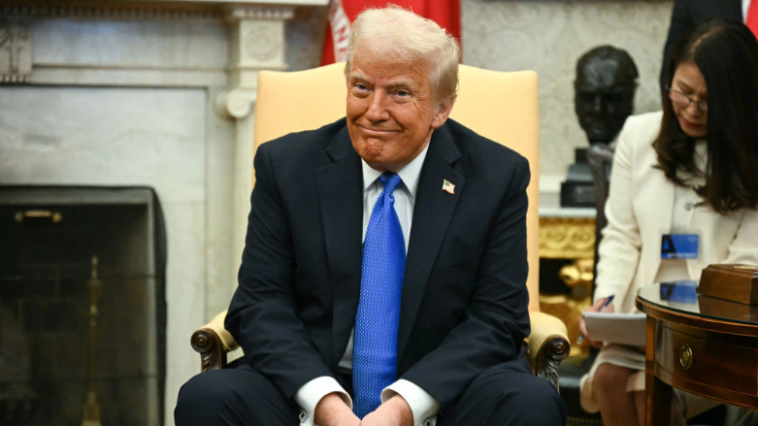President Donald Trump has announced a new trade policy centered on reciprocal tariffs, aiming to correct longstanding imbalances in international trade and put American businesses on an equal footing with foreign competitors. Under this approach, the U.S. will impose tariffs matching those placed on American goods by other nations, ensuring a fair and level playing field.
How the Reciprocal Tariff Plan Works
Under Trump’s strategy, if a country levies a 20% tariff on U.S. products, the United States will respond with an equivalent 20% tariff on imports from that nation. This move is designed to discourage unfair trade practices and prevent foreign governments from profiting off one-sided trade deals.
Beyond traditional tariffs, the plan also takes aim at hidden trade barriers, such as value-added taxes (VATs), which many countries use to tax U.S. imports at higher rates than their domestic goods. These VATs often act as an indirect tariff, giving foreign companies an unfair advantage over American manufacturers.
Additionally, Trump’s policy will crack down on non-monetary trade barriers, such as excessive regulations, unfair subsidies, and market restrictions that disadvantage American industries. By holding foreign governments accountable, the administration aims to protect U.S. workers and businesses from rigged global trade policies.
A Stronger America Through Fair Trade
Supporters of Trump’s new trade doctrine argue that reciprocal tariffs will force foreign governments to lower their own trade barriers, encouraging fairer competition rather than escalating trade conflicts. The policy aligns with Trump’s America First economic vision, ensuring that foreign nations can no longer take advantage of American markets while shielding their own industries from competition.
Critics Fear Retaliation, But Trump Stays Firm
Some global trade analysts warn that countries targeted by Trump’s new tariffs may retaliate, sparking short-term trade disputes. However, the administration remains confident that other nations will eventually negotiate fairer deals rather than risk losing access to the massive U.S. consumer market.
“We’re done with lopsided trade deals that hurt American businesses while foreign nations get a free ride,” a senior administration official stated. “This is about enforcing fairness, not starting trade wars.”
A Defining Shift in U.S. Trade Policy
Trump’s reciprocal tariff strategy marks one of the most aggressive trade policy shifts in modern history. By prioritizing fairness over free trade at any cost, the administration is making it clear that America will no longer tolerate trade imbalances that drain domestic industries and weaken the economy.
As global markets react, one thing is certain: Trump’s trade policies are reshaping the world economy—and America is no longer playing by the old rules.
On Trade, I have decided, for purposes of Fairness, that I will charge a RECIPROCAL Tariff meaning, whatever Countries charge the United States of America, we will charge them – No more, no less!
For purposes of this United States Policy, we will consider Countries that use the…
— Donald J. Trump (@realDonaldTrump) February 17, 2025


